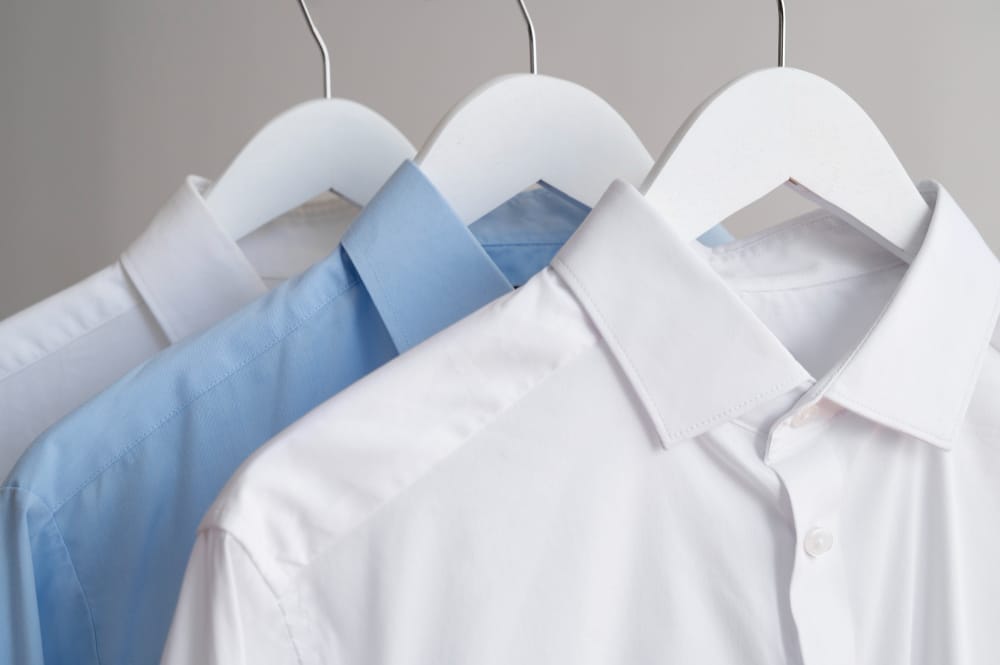Home » Rayon Fabric
Unravelling the Mysteries of Rayon Fabric
Rayon fabric is a versatile and popular choice in the world of textiles, known for its softness, drape, and versatility. Derived from natural cellulose fibres, rayon is a semi-synthetic fabric that has been used in various industries for decades. In this post, we will delve into the mysteries of rayon fabric, exploring its origins, production process, environmental impact, and its role in the fashion industry.

What Exactly is Rayon? Understanding Its Origins
Rayon represents an intriguing category within the textile industry, bridging the gap between natural and synthetic fibres. Originating from the innovative minds of the late 19th century, it emerged as a solution to the growing demand for affordable and versatile textiles. The brainchild of this evolution was Hilaire de Chardonnet, a French chemist, who is credited with pioneering the first viable method to convert cellulose into a fibre that mimicked the properties of silk. This breakthrough paved the way for rayon’s development, establishing it as the first man-made fibre and earning it the moniker ‘artificial silk’. Despite its synthetic process of creation, rayon retains a base of natural materials, specifically cellulose, which is primarily sourced from wood pulp. This unique blend of natural and chemical engineering allows rayon to occupy a distinct place in the textile realm, offering a soft, absorbent, and versatile fabric that boasts a variety of uses. From its conception, rayon has undergone continuous refinement and diversification, leading to the creation of several types of rayon, each tailored to specific applications and characteristics, thus solidifying its role as a cornerstone of textile innovation.
The Fascinating Journey from Cellulose to Rayon Fabric
Transforming raw cellulose into the exquisite rayon fabric is a process that marries traditional textile techniques with modern chemical engineering. The journey begins with the procurement of cellulose, primarily from wood pulp but occasionally from other plant materials. This cellulose is then subjected to a chemical transformation, where it’s dissolved in a solution to form a viscous liquid. This crucial step breaks down the natural polymer chains, making them more amenable to reformation.
Following dissolution, the next stage involves extruding this viscous liquid through a spinneret, a device reminiscent of a showerhead with numerous tiny holes. As the liquid passes through these holes, it solidifies into fine threads upon exposure to air or a chemical coagulant. These threads are the raw filament of rayon, which still require further treatment to become the fabric we recognise.
The newly formed filaments are then subjected to a series of treatments including washing, stretching, and sometimes chemical modifications to improve their strength and durability. Once these filaments are suitably prepared, they are spun into yarns. These yarns are the foundation of rayon fabric, ready to be woven or knitted into the soft, drapeable material highly sought after in the textile industry. This process, from cellulose to finished fabric, showcases the intricate blend of science and artistry behind the creation of rayon.

The Different Varieties of Rayon and Their Unique Qualities
Rayon fabric manifests in several distinct forms, each heralding its own set of attributes and applications, marking the diversity within this semi-synthetic family. Viscose rayon, perhaps the most widespread, is celebrated for its silk-like softness and exceptional breathability, attributes that make it a favoured option for an array of clothing and home textiles. Its ability to dye easily contributes to the vibrant array of colours it can embody, enhancing its appeal in fashion and décor.
Another variant, modal rayon, originates from beech tree pulp, distinguishing itself through an elevated silky feel and enhanced durability. This iteration boasts of increased flexibility and strength compared to its counterparts, making it especially suitable for items that endure regular wear and washing, such as underwear and bed linen.
Lyocell, a newer entrant, underscores the move towards sustainability within the rayon family. Its production process, a closed-loop system, minimises waste and environmental impact by recycling water and solvents. Lyocell’s credentials extend to its fabric qualities as well; it’s renowned for its moisture-wicking properties and gentle touch on the skin, making it an ideal choice for sensitive skin or eco-conscious consumers seeking comfort and sustainability in their textiles.
These varieties exemplify the adaptability and innovation intrinsic to rayon fabric, offering a spectrum of choices to meet diverse consumer needs and environmental considerations.
The Environmental Impact of Rayon Production
The manufacturing of rayon, whilst contributing to the textile industry’s diversity, carries certain environmental concerns that necessitate attention. Key among these concerns is the reliance on hazardous chemicals in the process of transforming cellulose into wearable fabric. These substances, if not managed properly, pose a risk to both ecosystems and human health through potential releases into waterways and the atmosphere. The procurement of cellulose itself, predominantly sourced from wood pulp, raises issues regarding deforestation and the sustainability of forestry practices. Over-extraction can lead to a depletion of natural resources and biodiversity loss, further stressing environmental systems.

Efforts to mitigate these impacts are gaining momentum, with a push towards adopting greener technologies and more sustainable sourcing methods. Advances in the production methodology, such as the development of closed-loop processes observed in the creation of Lyocell, showcase potential pathways to reduce waste and chemical usage. Transparency in supply chains and certifications aiming at sustainable forest management also contribute to addressing some of the ecological challenges posed by rayon production. Despite these positive strides, the journey towards a fully sustainable rayon industry continues, underscoring the need for ongoing innovation and commitment to environmental stewardship.
Rayon in the Fashion Industry: A Staple Fabric for Designers
Rayon holds a distinguished place in the realm of fashion design, esteemed for its adaptability and the ease with which it lends itself to a plethora of garment styles. This fabric’s intrinsic softness coupled with its capacity to gracefully drape makes it an unparalleled choice for a variety of apparel. Designers particularly value rayon for the way it mimics the luxurious feel of silk without the associated cost, enabling the creation of high-end looks that are accessible to a broader audience. Its versatility extends beyond texture and feel; rayon’s compatibility with a wide range of dyes allows for the production of garments in a rich spectrum of colours, further enhancing its appeal in fashion circles. Garments fashioned from rayon, ranging from breezy summer dresses to sharp, tailored suits, underscore the fabric’s ability to adapt to both casual and formal aesthetics. Moreover, the integration of rayon with other fibres opens up even more possibilities for innovation in texture and durability, allowing designers to experiment with blends that cater to the specific demands of their designs. This synergy between rayon’s physical properties and the creative visions of fashion designers solidifies its status as an indispensable fabric in the industry.
Caring for Rayon Fabrics: Tips and Tricks
Maintaining the beauty and longevity of rayon garments requires a thoughtful approach to their care. Gentle handling is paramount; it is advisable to opt for hand washing in lukewarm water or selecting the delicate cycle on your washing machine, using a mild detergent to preserve the fabric’s integrity. Should machine washing be necessary, encasing rayon items in a mesh laundry bag can offer an added layer of protection against abrasion and tangling with other clothes. When drying, avoid direct sunlight and instead choose a shaded area, as exposure to harsh rays can fade the vibrant hues that rayon so beautifully holds. A flat surface supports even drying, preventing the material from stretching out of shape. Ironing should be undertaken with caution – a protective barrier between the iron and the rayon fabric, such as a cloth or towel, will shield it from direct heat, ensuring that the garment remains pristine. By adhering to these practices, you can ensure that your rayon clothing retains its desirable qualities and remains a staple in your wardrobe for many occasions to come.

The Future of Rayon: Sustainability and Innovations
The trajectory of rayon fabric is increasingly aligning with the principles of ecological stewardship and technological advancement. The industry is actively seeking avenues to curtail its environmental footprint through pioneering production techniques and the exploration of renewable resources. An emerging focus is on enhancing the efficiency of the lyocell process, aiming to set a new benchmark in eco-friendly fabric production. This involves refining the use of organic solvents that are less harmful to the environment and improving the energy efficiency of manufacturing processes.
Additionally, the sector is witnessing a surge in the adoption of agricultural waste as an alternative source of cellulose, which not only addresses the issue of deforestation but also adds value to otherwise discarded materials. This shift towards circular economy principles is instrumental in redefining the sustainability narrative of rayon. Furthermore, the advent of digital fabrication and dyeing technologies is set to minimise waste and chemical usage significantly, propelling rayon into the forefront of sustainable fashion materials. These innovations, coupled with a growing consumer demand for environmentally responsible products, herald a new era for rayon fabric, making it a linchpin in the evolution towards a more sustainable textile industry.